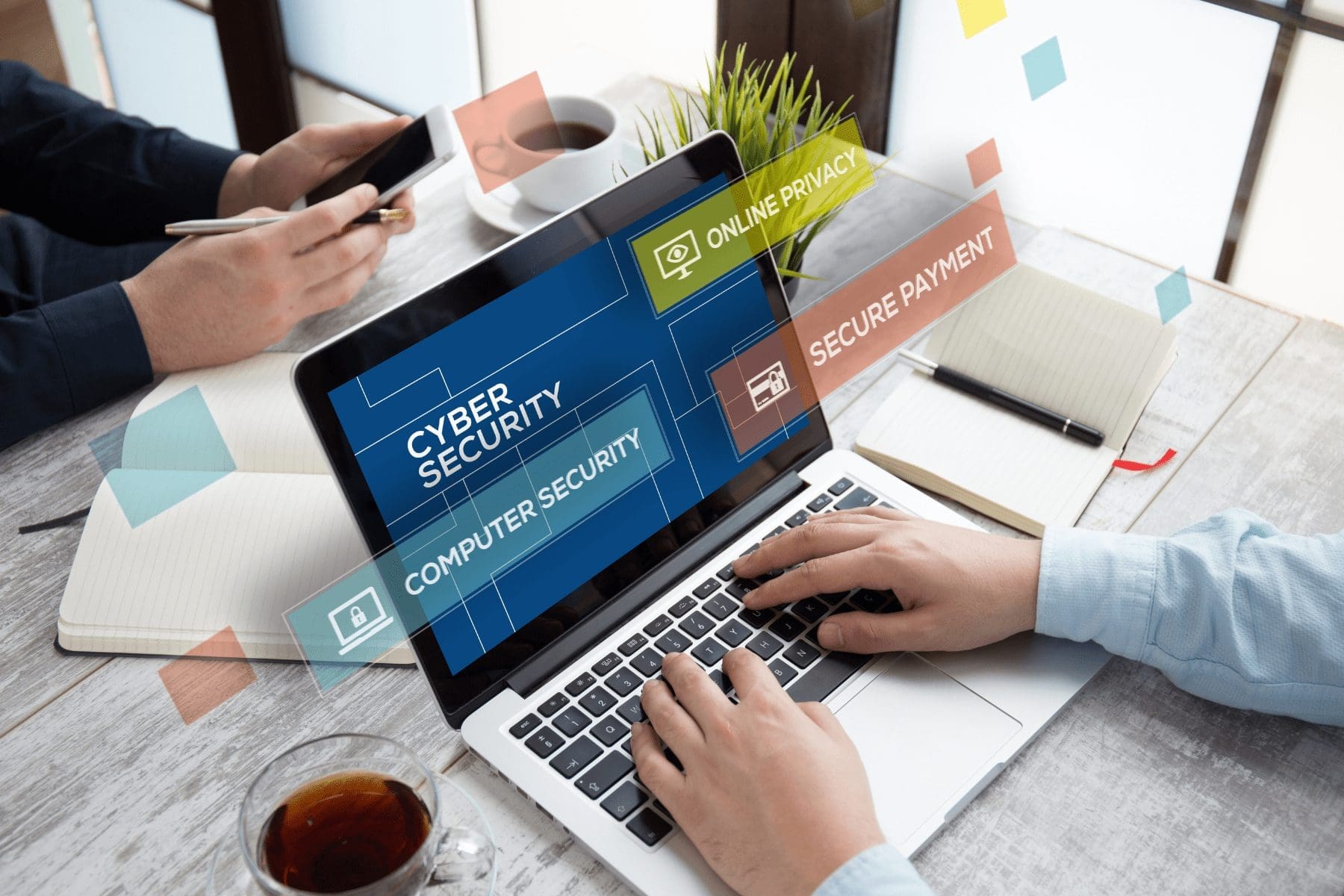1. Install a firewall for your network.
Operating systems often come with pre-installed firewalls, but they are generally designed to protect just one computer. Examine the firewall’s options and select the best configuration to keep the computer safe. If your business has a network of five or more computers, consider buying a network firewall. They can be pricey, but network firewalls provide a good level of coverage for an entire network.
2. Install anti-virus, anti-malware, and anti-spyware software.
No discussion on managing cyber risk should be without that of security software. This loss control technique is the easiest and most effective way to increase security at your business. Make sure to install the software on each computer in your network—computers that don’t include these types of software are much more likely to be exposed and spread malware to other computers in the network. There are various viable options for every kind of software, ranging in price from free to an annual subscription. Be sure to keep the software as up-to-date as possible.
3. Encrypt data.
No firewall is perfect. If a hacker manages to get through your firewall and network, your data could be a sitting duck. Encryption will make the data unreadable to a hacker. Consider using an encryption program to keep computer drives, files, and email messages safe from hackers.
4. Use a Virtual Private Network (VPN).
A VPN allows employees to connect to your company’s network remotely. VPNs eliminate the need for a remote-access server, saving companies lots of money in remote server costs. In addition to these savings, VPNs provide a high level of security by using advanced encryption and authentication protocols that protect sensitive data from unauthorized access. A VPN is an effective way to manage cyber risks if your company has salespeople in the field or employs workers who work from home or away from the office.
5. Implement an employee password policy.
Instituting a password policy is one of the most overlooked ways to keep your business safe but also a great tool to help manage cyber risk. A password policy should force employees to change work-related passwords every 90 days.
The policy should encourage the creation of easy-to-remember, hard-to-guess passwords that include letters, numbers, and special characters. For example, an easy-to-remember, hard-to-guess password could be “M1dwbo1025.” (My first daughter was born on Oct. 25.)
Passwords containing words from the dictionary or sensible combinations (abc123, qwerty, etc.) should never be allowed. Let employees know they should not write passwords down and leave them at a desk or out in the open. Password-keeping programs are available for download if they are having trouble remembering passwords.
6. Back up data regularly.
Important data should be backed up daily and in multiple locations, one off-site. In addition to being safe from cyber risks, off-site data would not be exposed to physical attacks, like a fire or tornado. Restrict access to backed-up data. The public should never have access to it. If the data is tangible, keep it in locked filing cabinets in a locked room and only issue keys to those who need them.
7. Develop a business continuity plan.
If the worst should happen and your company suffers a data breach or similar attack, you should have a business continuity plan in place. A business continuity plan helps:
- Facilitate timely recovery of core business functions
- Protect the well-being of employees, their families, and your customers
- Minimize loss of revenue/customers
- Maintain public image and reputation
- Minimize loss of data
- Minimize the critical decisions to be made in a time of crisis
The plan should identify potential cyber risks, along with the recovery team at your company assigned to protect personnel and property in the event of an attack. The recovery team should assess the attack’s damage and guide the company toward resuming operations.
1. Install a firewall for your network.
Operating systems often come with pre-installed firewalls, but they are generally designed to protect just one computer. Examine the firewall’s options and select the best configuration to keep the computer safe. If your business has a network of five or more computers, consider buying a network firewall. They can be pricey, but network firewalls provide a good level of coverage for an entire network.
2. Install anti-virus, anti-malware, and anti-spyware software.
No discussion on managing cyber risk should be without that of security software. This loss control technique is the easiest and most effective way to increase security at your business. Make sure to install the software on each computer in your network—computers that don’t include these types of software are much more likely to be exposed and spread malware to other computers in the network. There are various viable options for every kind of software, ranging in price from free to an annual subscription. Be sure to keep the software as up-to-date as possible.
3. Encrypt data.
No firewall is perfect. If a hacker manages to get through your firewall and network, your data could be a sitting duck. Encryption will make the data unreadable to a hacker. Consider using an encryption program to keep computer drives, files, and email messages safe from hackers.
4. Use a Virtual Private Network (VPN).
A VPN allows employees to connect to your company’s network remotely. VPNs eliminate the need for a remote-access server, saving companies lots of money in remote server costs. In addition to these savings, VPNs provide a high level of security by using advanced encryption and authentication protocols that protect sensitive data from unauthorized access. A VPN is an effective way to manage cyber risks if your company has salespeople in the field or employs workers who work from home or away from the office.
5. Implement an employee password policy.
Instituting a password policy is one of the most overlooked ways to keep your business safe but also a great tool to help manage cyber risk. A password policy should force employees to change work-related passwords every 90 days.
The policy should encourage the creation of easy-to-remember, hard-to-guess passwords that include letters, numbers, and special characters. For example, an easy-to-remember, hard-to-guess password could be “M1dwbo1025.” (My first daughter was born on Oct. 25.)
Passwords containing words from the dictionary or sensible combinations (abc123, qwerty, etc.) should never be allowed. Let employees know they should not write passwords down and leave them at a desk or out in the open. Password-keeping programs are available for download if they are having trouble remembering passwords.
6. Back up data regularly.
Important data should be backed up daily and in multiple locations, one off-site. In addition to being safe from cyber risks, off-site data would not be exposed to physical attacks, like a fire or tornado. Restrict access to backed-up data. The public should never have access to it. If the data is tangible, keep it in locked filing cabinets in a locked room and only issue keys to those who need them.
7. Develop a business continuity plan.
If the worst should happen and your company suffers a data breach or similar attack, you should have a business continuity plan in place. A business continuity plan helps:
- Facilitate timely recovery of core business functions
- Protect the well-being of employees, their families, and your customers
- Minimize loss of revenue/customers
- Maintain public image and reputation
- Minimize loss of data
- Minimize the critical decisions to be made in a time of crisis
The plan should identify potential cyber risks, along with the recovery team at your company assigned to protect personnel and property in the event of an attack. The recovery team should assess the attack’s damage and guide the company toward resuming operations.
The Last Word
Keeping your data safe from cyber risks requires constant attention to ensure an attack never happens. We have the resources and know-how to help you identify potential risks and keep your business running smoothly during an attack. Contact an InsureGood Advisor today for additional cyber risk management guidance and cyber insurance solutions.





